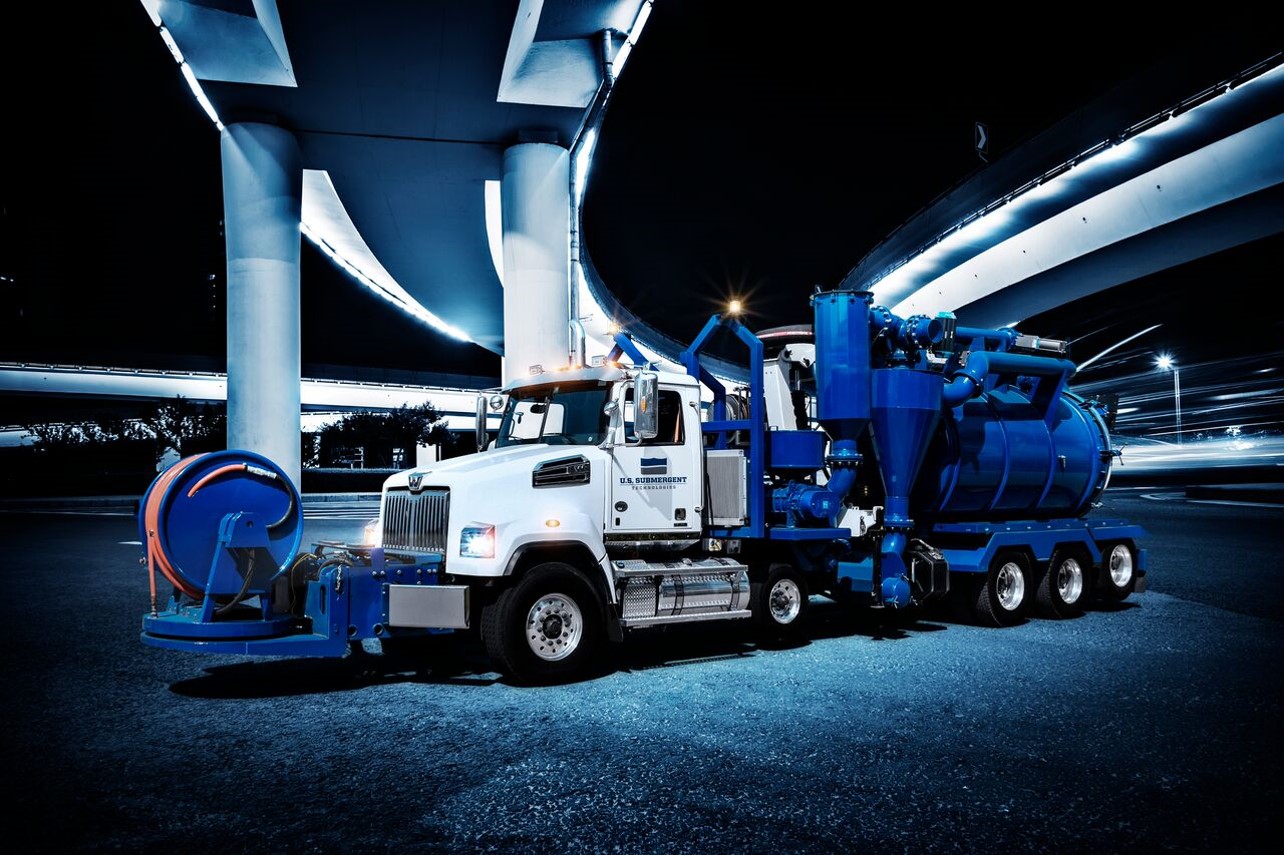Wastewater Visibility News
Most recent article for: wet infrastructure
Florida Braces for Flooding as Downpours Continue
August 19, 2019
Wastewater Visibility News
HEAVY RAINFALL, FLOODING, AND THE IMPACT ON COLLECTION AND TREATMENT INFRASTRUCTURE Heavy downpours continued over the weekend, making this summer one of the wettest some parts of Florida have seen in a long time. Last week, drivers needed rescuing from their cars stranded in rising waters in Orange County when more than 4-inches of rain fell. In Miami-Dade, nearly 6-inches fell in one hour, causing flash flooding while flood warnings were issued across most of West, Central and South Florida. What’s different about this type of flash flooding and rainfall and the impact it has on wastewater treatment infrastructure? Most Floridians are familiar with daily summer thunderstorms, but these storms have been lingering longer and dumping heavy rains multiple days in a row. When the ground becomes this saturated with water, it has nowhere to go. “What is most unusual about this pattern is that rain will be an all-day on-and-off rain rather than the once or twice a day severe thunderstorms,” Weather.com meteorologist Jonathan Belles said. Showers and storms will be possible in the middle of the night too, which is not typical of summer.” So how does rainfall impact wastewater infrastructure? During periods of severe rainfall such as this, the rate of flow in a stormwater system increases and can exceed the treatment facility’s capacity, as well as potentially cause overflows. The influx of water into a system also brings sand. Sand, unlike other debris such as rag material, FOGs, and grit, is an unintended consequence of increased inflow into collection systems. What can utilities do to prevent or address these issues when they occur? One obvious solution is to rebuild or repair infrastructure. But these projects can be costly to cities and taxpayers. Employing barriers around key assets or diverting flow may also be a short-term solution. Another more cost-effective solution is to perform regular maintenance to ensure collection and treatment systems can operate at full capacity when needed. When wet season flows increase significantly compared to dry season flows, sand can be transported into the collection and treatment systems and may be accumulating without anyone noticing. Since the water in tanks at facilities are not see-through, accumulated sand at the bottom of these tanks remain unseen and unnoticed. Eventually, the increase of sand into wastewater treatment infrastructure can reduce treatment volume and increase energy use. Over time, this buildup can potentially cause overflows and other issues if the
Read More
scroll for more articles


